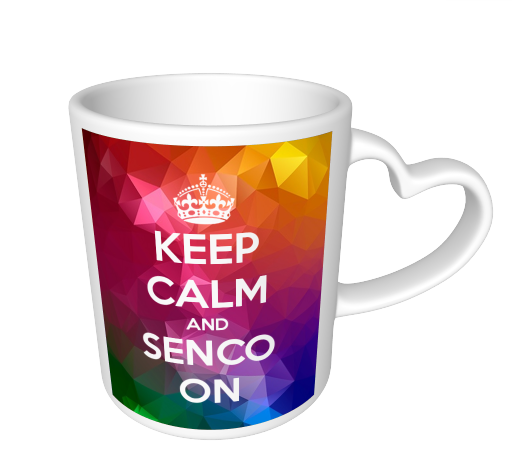By Helen Masters
The idea of different personality traits in leadership interested me after having a discussion with a CEO of a MAT. He looks at personality traits so as to place people in their strongest positions. I decided to delve into this further and found these types of terms are used particularly in business, specifically sales. This subsequently lead me to ruminate about SENCO Leadership. In the multi-layered role of a SENCO within education, the attributes of “farmers” and “hunters” are particularly relevant. The hunters-farmers model was first developed through the American insurance sector in the 1870s. So this month’s blog is about learning from outside spaces.
SENCOs are tasked with ensuring the inclusion and support of SEND students, requiring a delicate balance of long-term relationship building and proactive problem-solving. I thought I’d explore how these farmer and hunter traits manifest in the context of SENCO Leadership and their significance for fostering inclusive education. I can see both these traits in myself, how about you?
The Farmer: Cultivating Relationships and Building Trust
At the heart of effective SENCO Leadership lies the ability to cultivate strong relationships and foster trust within the educational community. Like the farmer archetype, SENCOs prioritise nurturing connections with students, parents, teachers, and external support agencies. They invest time and effort in understanding the individual needs of students with SEND, building rapport, and creating a supportive environment where everyone feels valued and included. Farmers in SENCO roles demonstrate patience, empathy, and a long-term perspective. They collaborate closely with teachers and support staff to develop personalised learning plans, adapt teaching strategies, and implement accommodations that meet the diverse needs of students with SEND. By cultivating a culture of inclusion and acceptance, SENCOs lay the foundation for a supportive learning environment where every student can thrive academically, socially, and emotionally.
The Hunter: Seizing Opportunities and Driving Innovation
In addition to nurturing relationships, effective SENCOs must also possess traits akin to the hunter archetype, such as agility, adaptability, and a results-driven mindset. Like skilled hunters, SENCOs proactively seek out opportunities to enhance support services, improve outcomes, and drive innovation in special education provision.
Hunter traits are particularly evident in the proactive identification of emerging needs and trends in SEND provision. SENCOs stay abreast of legislative changes, best practices, and research findings in the field of special education, seizing opportunities to implement new interventions, technologies, and support strategies that benefit students with SEND. They advocate for inclusive practices, challenge barriers to learning, and champion the rights of students with SEND to access high-quality education.
Balancing Farmer and Hunter Traits for SENCO Success
Successful SENCOs must understand the importance of striking a balance between farmer and hunter traits to meet the diverse needs of students with SEND. By cultivating strong relationships, building trust, and fostering inclusion, they can create a supportive learning environment where every student feels valued and supported. Simultaneously, SENCOs embracing the proactive mindset of hunters, seize opportunities to drive innovation, improve outcomes, and enhance support services for students with SEND. They collaborate with stakeholders, leverage resources, and advocate for systemic changes that promote equity, access, and inclusion in education.
In summary, the farmer and hunter traits in SENCO Leadership offer complementary strengths that are essential for fostering inclusive education and supporting students with SEND. By cultivating relationships, building trust, seizing opportunities, and driving innovation, SENCOs play a vital role in creating a learning environment where every student has the opportunity to reach their full potential.
It is worth taking the time to examine your own traits and those in your team, so that you can play to your ‘top shelf ‘strengths and work on our ‘bottom shelf’ ones … maybe strength shelves is a topic for another blog. What do you think?
About Helen
Helen is an experienced teacher and SENCO, currently working as SEND Director for an Academy Trust. She is also an ATC with #TeamADL In her leisure time, you will either find Helen on the golf course, walking the dog or in the gym.





